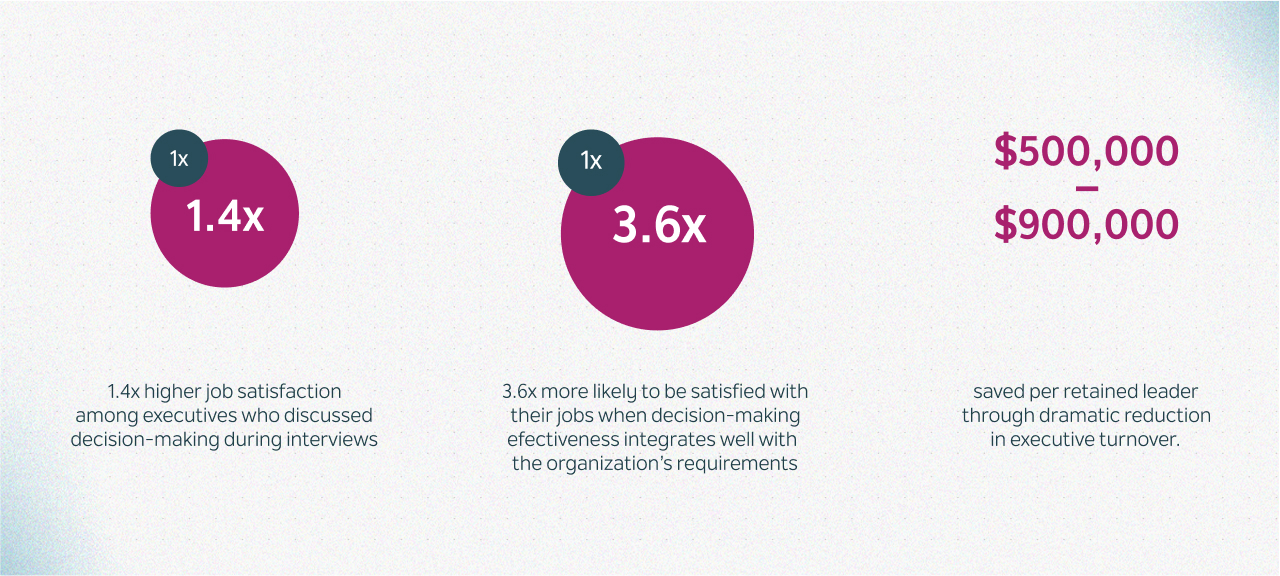This comprehensive dataset examined senior executives’ workplace preferences across diverse industries worldwide. Rather than measuring personality traits, we focused on how leaders approach decisions, ranging from rapid execution to thorough analysis, and from individual accountability to collaborative consensus.
Using factor analysis, we identified natural clustering patterns in executive decision preferences. For example, leaders who favor rapid decision-making consistently prefer personal accountability, direct communication , and results-oriented approaches - creating coherent leadership profiles that emerged directly from the data.
This revealed four distinct decision-making styles: Visionary, Energizer, Architect, and Reformer — each representing specific preferences for processing information, engaging stakeholders, and driving outcomes.
The key insight: these decision-making patterns help predict whether leaders will thrive within specific organizational cultures. Rather than imposing theoretical frameworks, this data-driven approach created an evidence-based tool that helps organizations understand leadership decision styles and predict effectiveness within their unique business environments.




